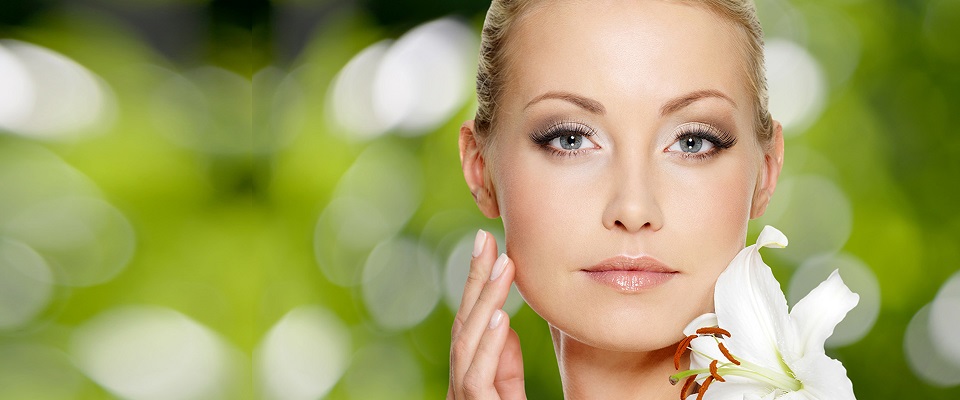Natural ingredients in the form of phytonutrients, microbial metabolites, dairy derived actives, mineral nutrients, and animal protein components have long been believed to benefit healthy skin ageing. Recent scientific evidence has served to strengthen this concept and validate the efficacy of several natural actives at the molecular level in keratinous tissues. These findings, along with successful clinical studies, have helped to establish the healthful role of dietary components, for example, in supporting beauty from within, in the form of nutricosmetics, and from the outside, as cosmeceuticals. The expanding range of natural actives in mainstream cosmetic products is ample proof that the industry now relies heavily on these ingredients. The demand for cosmeceutical products is expected to increase to more than $8 billion by 2010 . The global cosmeceuticals market, initially dominated by acne therapies such as retinoids, and skin lightening agents such as hydroquinone, experienced a quantum shift to the anti-ageing sector, and more specifically to natural anti-ageing actives, in the last decade . Innovative naturals have entered the cosmeceuticals arena and found their way into well known, branded cosmetic compositions. Skin care products are forecasted to account for more than 60 percent of the total cosmeceutical product demand in 2010, and the demand for anti-ageing products is growing at twice the rate of other cosmeceutical products.
Ageing in mammals is characterized by senescence, a decline in physiological functions resulting from cumulative damage to tissues that overwhelms the body’s natural ability to repair them. Skin ageing manifests as age spots, more specifically as melasma, dyschromia, melanomas, and wrinkling, mainly attributed to free radical damage to the tissues that triggers cross linking and glycation of structural proteins, and proinflammatory enzyme systems.








